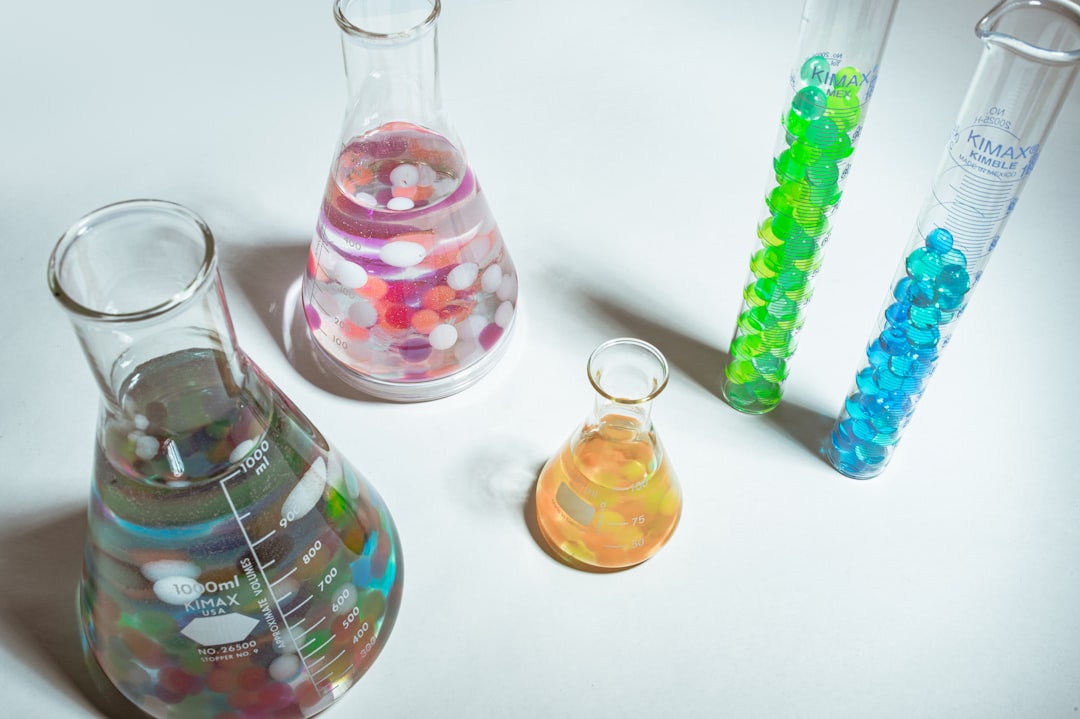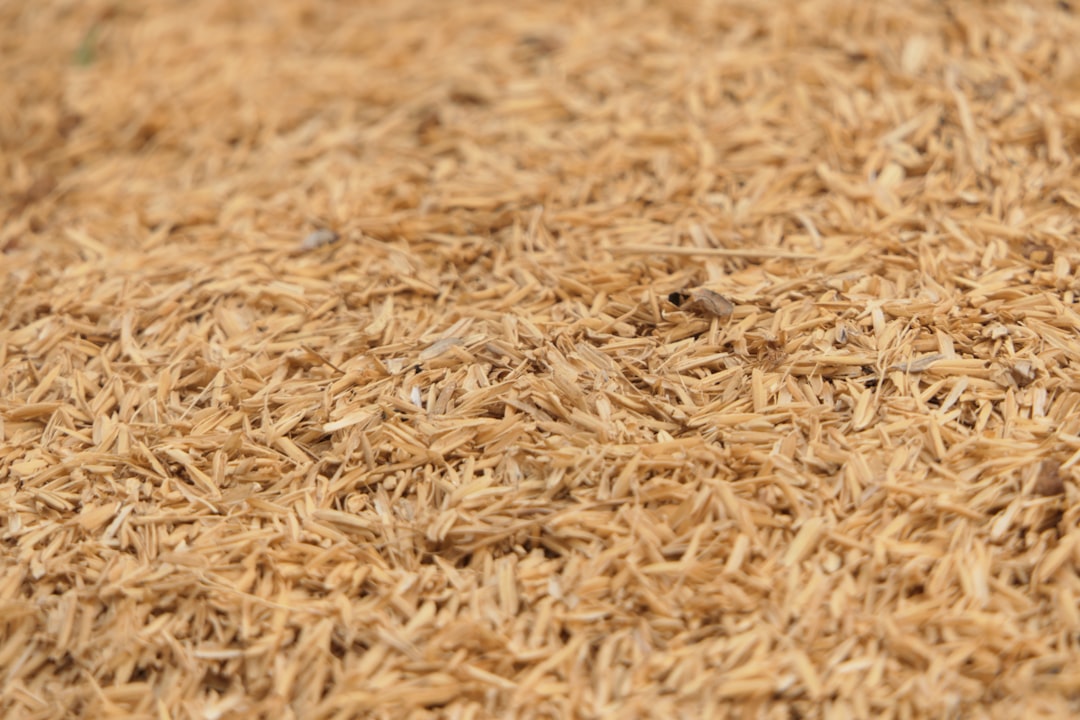What is it about?
Liquid ammonia is known to be a useful solvent for aromatic nucleophilic substitution reactions of reactive aromatics. Most of the prior work has been carried out at atmospheric pressure and low temperatures. The purpose of this work is to extend the scope of these studies to less reactive haloaromatic substrates that require elevated temperatures to give useful reaction rates. Equipment has been developed to permit the safe study of reactions in liquid ammonia in small (5 mL) stainless steel tube reactors at temperatures up to 120°C (90 bar). Experimental techniques have been developed to permit meaningful sampling of solutions at high temperature and pressure. Sample capture into closed systems, either into a syringe containing quench solution, or directly into an HPLC sample loop, has been used to overcome problems due to flash precipitation and aerosol formation when sampling from high pressure. Activation parameters for the solvolysis of 4-fluoronitrobenzene have been determined over the temperature range 20° – 120°C, and the rates of solvolysis of 2-chloropyrimidine, 4,6-dichloropyrimidine and 2-chloro-5-trifluoromethylpyridine have been determined at appropriate temperatures. 2-Fluoropyridine is inert to solvolysis even at 120°C. Rates of some nucleophilic substitutions with sodium triazolate and sodium phenoxide have been measured. Useful selectivities towards nucleophilic substitution can be obtained for the reactions examined, and further work is planned to examine the wider scope of these reactions
Featured Image
Read the Original
This page is a summary of: Reaction kinetics in liquid ammonia up to 120°C: techniques and some solvolysis and substitution reactions, Journal of Physical Organic Chemistry, July 2013, Wiley,
DOI: 10.1002/poc.3150.
You can read the full text:
Contributors
The following have contributed to this page










